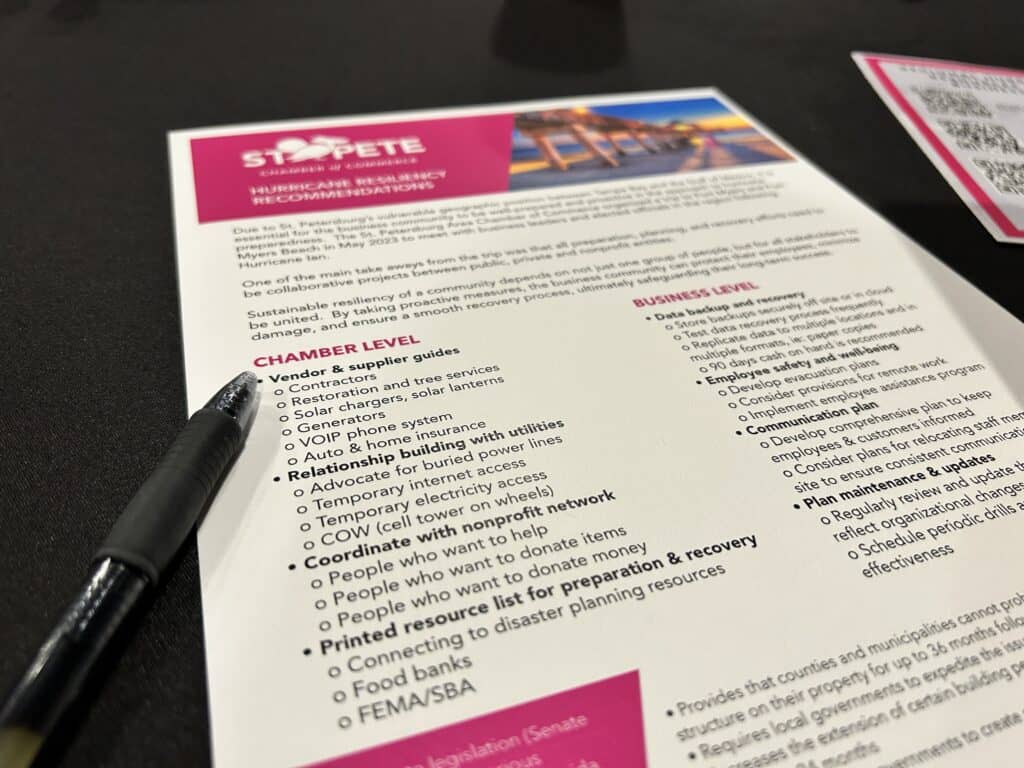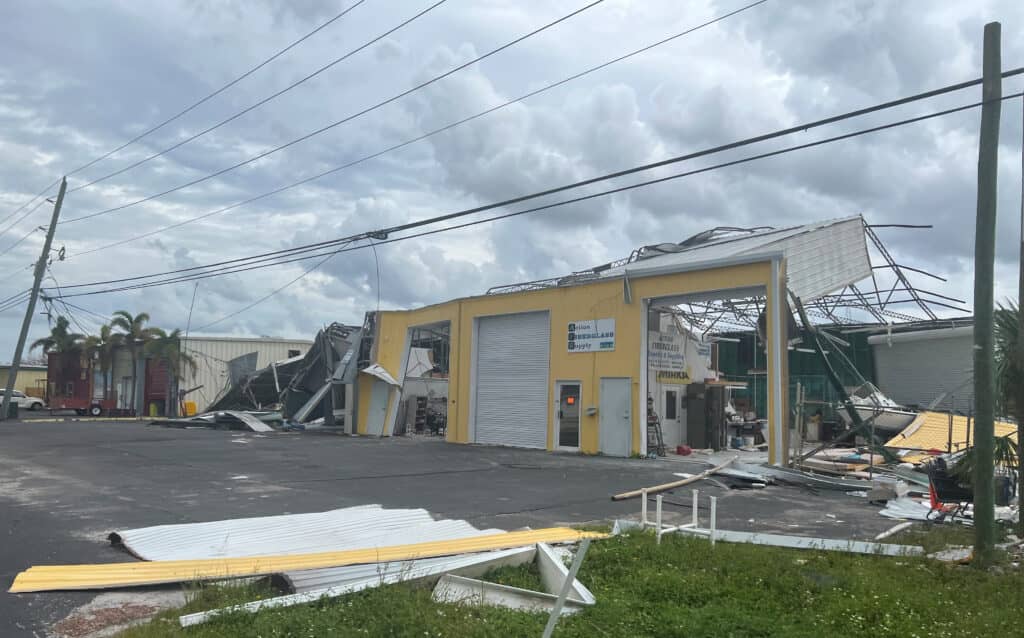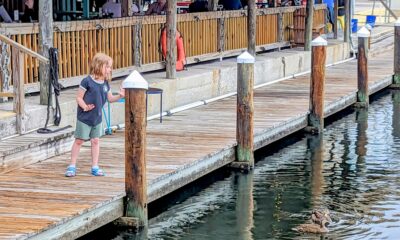St. Pete leaders push proactive approach to hurricane prep
Officials from St. Petersburg are reflecting on their experiences, and sharing personal stories and lessons learned from their visit to Fort Myers and Fort Myers Beach in the wake of Hurricane Ian’s destructive path. The St. Petersburg Area Chamber of Commerce organized a trip in May to meet with elected officials, government employees and business leaders, to learn how our area can better prepare for and respond to the massive devastation caused by a Category 5 storm like Hurricane Ian, which pummeled Lee and Charlotte Counties in SE Florida last September.
The Chamber held a “Hurricane Resiliency Recommendations” meeting Tuesday at the Exchange Hotel. The exchange of insights aimed to foster a greater understanding of the challenges faced during and after a hurricane, and provide valuable recommendations for individuals and communities in preparation for the 2023 hurricane season, which technically began June 1, and continues through Nov. 30.
“We learned a lot about how unsafe we really are, and how lucky we’ve been,” said Chris Steinocher, Chamber President and CEO.
St. Pete was originally in Hurricane Ian’s crosshairs before unexpectedly turning toward Fort Myers.
“This trip was probably the most sobering and profound trip,” said St. Pete Chamber Chairwoman Anne Drake McMullen. “It was tragic, but despite the destruction they all faced, everyone we met with said, ‘We’re glad it wasn’t you.’”
By highlighting the firsthand accounts and lessons learned, St. Pete officials hope to empower residents and encourage proactive measures to mitigate the impact of future storms.
“All power [in Fort Myers] was down, nothing was working, so we now recommend you have at least three months’ worth of cash to get you through, whether you’re a business owner or you’re a family,” said McMullen. “There were no banks or ATMs. You needed to have cash.”
“The main takeaway for me was continuity of operations,” said Wilma Norton, Vice President, Community Connections at Community Foundation Tampa Bay. “Have a plan, whether you’re a nonprofit or a business, on how you are going to operate in those days, weeks and even months following a major storm if you don’t have internet or a physical building to come back to. Normal may be years away, so have a plan on how you’ll continue operating.”
St. Pete officials recognized the importance of collaborative emergency response efforts between local governments, law enforcement agencies and community organizations. The coordination and cooperation witnessed in Fort Myers and Fort Myers Beach served as a valuable lesson, demonstrating how effective partnerships can streamline relief operations, ensure the safety of residents and accelerate the recovery process.
“Collaboration is key because no one is doing this alone,” said Jess McCracken, Whole Community Specialist with Pinellas County Emergency Management. “It’s important to figure out what’s being done and where the holes in the plan are so we’re not duplicating efforts or missing opportunities to plan ahead.”

Event attendees received a list of local resources and proactive measures to help plan for the next big storm. Photo by Ashley Morales.
St. Pete officials recounted stories from their Fort Myers counterparts about the overwhelming destruction caused by Hurricane Ian, including structural damage, power outages and disrupted infrastructure. The most emotional stories were related to the widespread flooding caused by Ian’s storm surge.
“Eight months later, we saw boats in the middle of the highway, 12 miles away from the Gulf of Mexico,” said McMullen.
Federal models show 40% of the densely-populated St. Petersburg could flood during a Category 1 hurricane – a sobering fact St. Pete officials are trying to prepare residents for.
“Wind damage can be repaired, but after a surge, you have to rebuild,” said Amber Boulding, Emergency Management Manager for the City of St. Petersburg. “Look at where your home or business is and know how you’ll respond. In an emergency, run from the water, hide from the wind.”
Collaborating on hurricane preparedness also means recognizing the role of local nonprofits as first responders.
“We need to help figure out which nonprofits will help coordinate volunteers and respond to a crisis,” said Norton. “We’re looking at bringing together local nonprofit leaders so we can identify everyone’s role and how we can plan for an emergency. In those days after a hurricane, you don’t have time to figure it out, so we need to figure it out now.”
Pinellas County recently shared a Hurricane Preparedness Webinar to discuss preparation, evacuation zones, business continuity planning, and insurance considerations. The Tampa Bay Regional Planning Council also offers an extensive All Hazards Guide to help businesses create a disaster plan.

Damage from Hurricane Ian in Charlotte County, October 2022. Photo: Jess McCracken, Pinellas County Emergency Management.








Will Michaels
June 20, 2023at9:45 pm
Perhaps the Catalyst could do an article on the status of City planning to identify city infrastructure and neighborhood vulnerabilities from sea level rise and surge, and needed mitigating measures such as improved seawalls, living shorelines, pumping, elevation of critical public structures, review of the city comprehensive plan as it relates to appropriate density, etc. Good to see the Chamber being pro-active on this urgent existential concern.